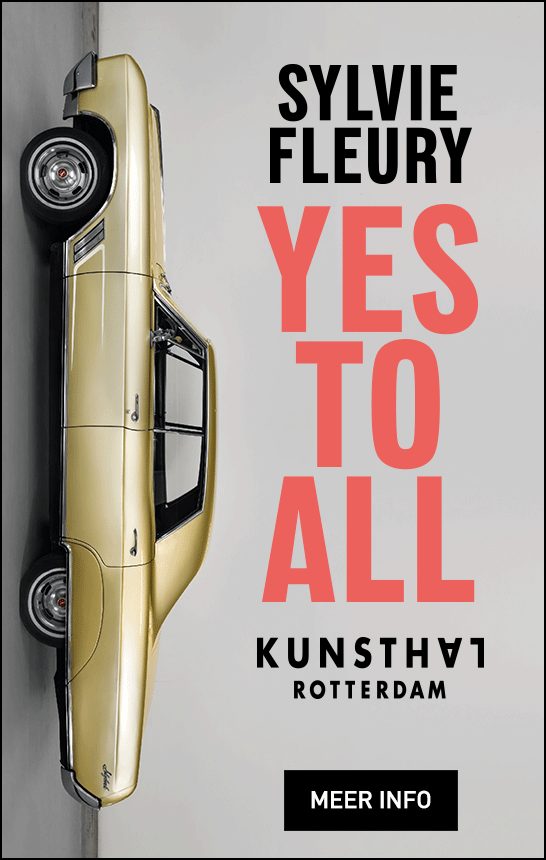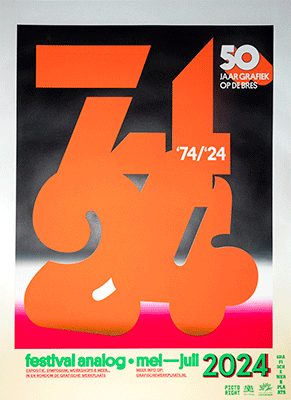
At the Art Museum Ticket Office, How Much Is Too Much?
Yesterday the Los Angeles Times delivered the news that the Broad museum in Los Angeles will release almost all of the tickets for its upcoming “Yayoi Kusama: Infinity Mirrors” exhibition—around 50,000 of them—at the same moment, on September 1 at 12:00 p.m. PT. That is a notable break from how many art museums have dealt with blockbuster shows: by having people line up and wait or by partitioning their tickets out daily in various ways. “It will be a matter of hours,” the Broad’s director, Joanne Heyler, told the Times. “There will be high demand.”
But even more remarkable than the news that the Broad is adopting the strategy of a concert promoter was the astounding price that it tagged on those tickets: $25 for adults.(Children 12 and under are free.) That is a full $10 more than the general admission price at the Museum of Contemporary Art, which is located across the street from the Broad, and the same price as a ticket for admittance and all the special exhibitions at the Los Angeles County Museum of Art.
The $25 fee is also eye-popping since the same exhibition had no charge when it was on view earlier this year at the Hirshhorn Museum and Sculpture Garden in Washington, D.C., where all Smithsonian museums are, of course, free. (It should be noted, though, that Hirshhorn officials did big business selling $50-and-up memberships that guaranteed entry to Kusama’s mirrored rooms. Free tickets sold out almost immediately when they were made available online each day)

Inside Yayoi Kusama’s Infinity Mirrored Room at the Broad. THE BROAD
The exhibition will includes six of Kusama’s wildly popular Infinity Mirror Rooms, so that means visitors will be paying about $4.17 per Infinity Room (a rather steep price for a fairly ho-hum experience, in my humble opinion). A limited number of same-day tickets will be available for the show, which opens October 21, for a cool $30, or $5 a room.
When the Broad, a private museum built by billionaires Eli and Edythe Broad at a cost of $140 million, opened free to the public in 2015, Eli told NPR, “We wanted to share it with the broadest possible public. That’s why we have free admission.” The permanent collection would always be free, the Broad said, while certain special exhibitions would have admissions fees. Its Cindy Sherman show last year, for instance, was $12 for adults, less than half the price of the Kusama exhibition.
The $25 price is intriguing since it is just about the (very lofty) ceiling for art museum tickets in the United States. The Museum of Modern Art in New York,the Art Institute of Chicago (which had a suggested fee until 2006), and the San Francisco Museum of Modern Art all charge that for adults, and the Metropolitan Museum of Art suggests that adult visitors pay the same. (As of 2014, Met visitors were reportedly paying an average of $11. As an aside, the AIC also has a $35 “Fast Pass” ticket.) At the risk of stating the obvious, in all those instances, visitors are at least getting a full museum of artworks—thousands of them—for their money. At the Broad, they will get a single show for their $25 (or $30).
And yet, the Broad’s fee is not wildly out of step with the prices charged by some U.S. museums for access to special exhibitions. While the Brooklyn Museum’s $16 adult charge is suggested, those hoping to see some of its shows, like its superb Georgia O’Keeffe presentation, have to pay a mandatory $20. At the Museum of Fine Arts, Houston, shows by Ron Mueck, Pipilotti Rist, and “Paint the Revolution: Mexican Modernism, 1910–1950” each cost $18 (a fee that includes access to the permanent collections, which is otherwise $15), and a combination ticket for all three is a steep $30.
There have been other disappointing developments on the admission-fees front recently. In 2015, in order to shore up its finances, the Indianapolis Museum of Art instituted an $18 fee for adults after seven years of being admission-free, and last year SFMOMA reopened after an ambitious $305-million expansion with that $25 ticket price and not a single hour of regularly scheduled free or corporate-subsidized admission. Meanwhile, the Met has proffered a proposal to charge a mandatory fee to visitors from outside New York in the hope of closing its own budget gap.
Read more on Artnews!




















